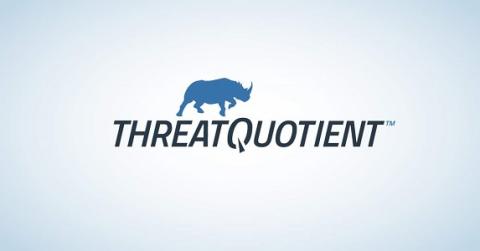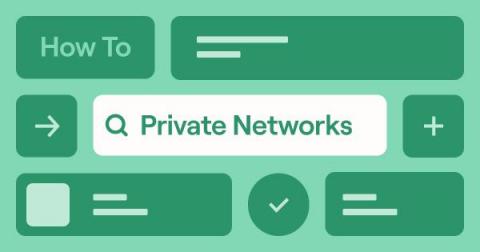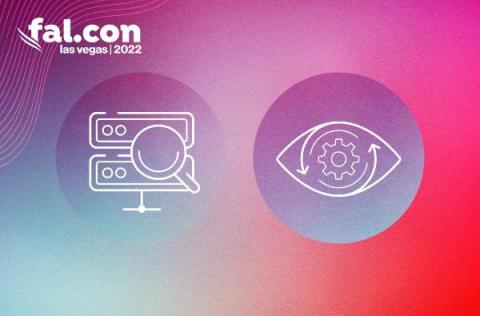Security | Threat Detection | Cyberattacks | DevSecOps | Compliance
Latest News
CrowdStrike Introduces Falcon Discover for IoT to Help Organizations Gain Visibility and Reduce Risk Across IoT and OT Environments
CrowdStrike Drives the Convergence of Security and Observability with Introduction of Falcon LogScale and Falcon Complete LogScale
ThreatQuotient Enhances Data-Driven Automation Capabilities with New ThreatQ TDR Orchestrator Features
Risk counts for Cyber and here is why
Risk is one of those standard terms within cybersecurity that, when asked to define, many struggle to explain what risk is and how it applies to cybersecurity. To start, we need to understand risk as it applies to security. Risk, like mathematics, is an artificial construct that humans use to understand and describe their environment.
Endpoint protection offers an anti-ransomware measure for legal firms
For legal professionals, digital transformation also delivers significant benefits. Integrating technologies such as e-signatures, automating contract creation, Cloud-based collaboration tools, AI-powered documents, clause and contract review tools, and Cloud-based services are boosting the competitiveness of law firms in the post-pandemic world. However, these technological advantages for legal professionals can be threatened through exposure to cybercrime.
What Is Cloud DLP And Why Do You Need It For Remote Work?
Remote work is not going away. Depending on who you ask, experts believe 35% – 65% of the US workforce will continue to work remotely, permanently. Remote work was a trend that began well before the pandemic and will continue to be the preferred way to work for companies and employees alike. However, many companies were unprepared for the speed at which remote work became the preferred office structure. The pandemic forced businesses to adopt new tools and processes virtually overnight.
Defense in Depth: 4 Essential Layers of ICS Security
It is always said that security is never a one-size-fits-all solution. This is true not only because of the apparent infinite varieties of equipment in each individual organization, but also, and perhaps more importantly, the different ways that every organization views security. Some spend lots of time focusing on physical security, especially those with industrial control systems (ICS). Others are small organizations, where the primary concern is personal data theft.
How to create a Tines Tunnel with an AWS EC2 instance
Today's business world is more complex than ever, and many companies are reliant on private networks to keep their data safe and secure. But what happens when you need to access data from a remote location or connect to multiple separate private environments? In this guide, we'll show you how to create a Tines Tunnel so you can route traffic from Tines to a private API/network successfully. Read on for step-by-step instructions.
CrowdStrike Announces Falcon LogScale and Falcon Complete LogScale
Every second, as your IT systems run every facet of your business, they are also creating data related to the health, performance and security of the systems themselves. This information, known as log data, is vital to SecOps, ITOps and DevOps teams as they seek to understand how the IT environment is functioning — and how secure those assets are.









